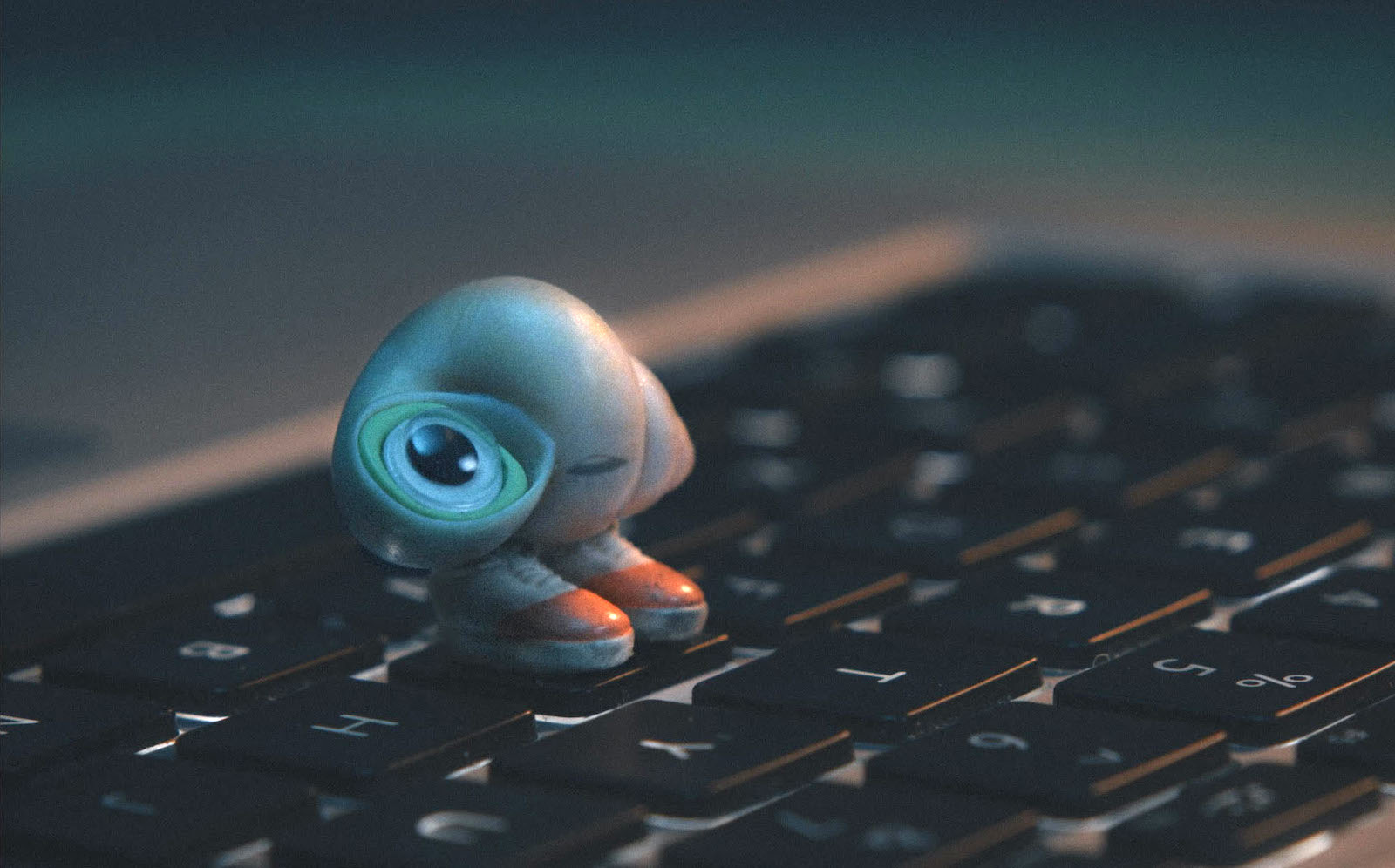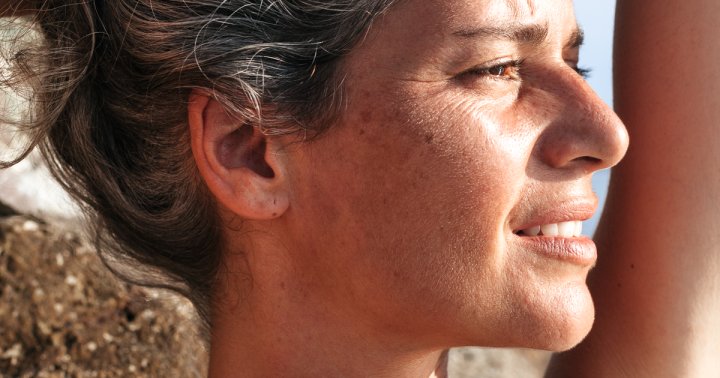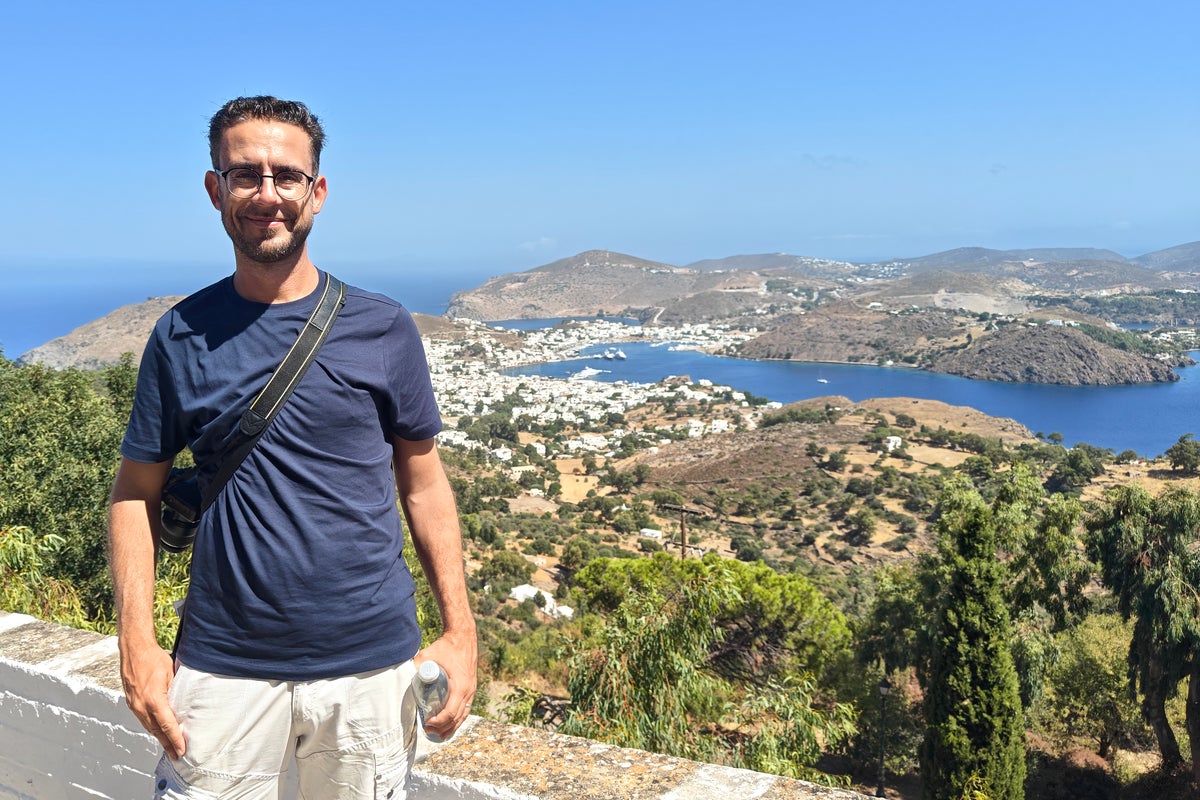What We’re Watching
A film about an anthropomorphic shell, a troubling documentary, an action-packed anime series, and a TV show on psychedelics, all with kernels of Buddhist wisdom The post What We’re Watching appeared first on Tricycle: The Buddhist Review.

Here at Tricycle, we read a lot of Buddhist books, keeping our eyes peeled for any titles that may interest our readers. But like anyone with a Netflix (or Hulu, or HBO Max, or Disney+) subscription, we also end up watching a lot of shows. Although references to Buddhism in Western TV and film are typically scant or nonexistent, we still often find ourselves drawing connections to Buddhist wisdom. So we assembled a list of recently watched shows or films that called Buddhist themes or principles to mind—some more directly than others. Take them as suggestions the next time you’re struggling to find something to watch.
***
Marcel the Shell with Shoes On (2021)
Directed by Dean Fleischer Camp
You may or may not be familiar with Marcel, the anthropomorphic one-inch-tall shell outfitted with a singly googly eye and pair of pink sneakers, who first captivated viewers in 2010 through a series of short YouTube videos that garnered millions of views. Now, he’s the star of the recently released A24 film Marcel the Shell with Shoes On, which premiered in festivals in 2021 before its wide release in July of 2022. The stop-motion-animated film is shot as a mockumentary, with director Dean Fleischer Camp playing a fictionalized version of himself as a recent divorcee and documentary filmmaker who moves into an Airbnb and discovers that he’s not its only resident. Camp stumbles upon Marcel (voiced by actress and comedian Jenny Slate) and his grandmother, Nana Connie, two tiny shell creatures who have lived unnoticed in the house for generations.
While the movie is both sweet and laugh-out-loud funny, it doesn’t shy away from heavier themes of loss and death. Marcel reveals to Camp that his community of shells used to be much larger, but due to an unexplained tragedy, they have been missing for years. This loss of community drives the plot of the film as Camp and Marcel set out to find the shell’s family with the help of the internet. I could go on about how the film explores sensationalism in the digital era, astutely highlighting the difference between an audience and a community, but that’s not what touched me the most about Marcel’s story. Rather, it’s how Marcel deeply understands and appreciates his place in the world, even as a tiny, one-inch mollusk. In the film’s final moments, Marcel shows us one of his favorite spots in the house, a quiet windowsill where the breeze flutters in. As he stands there, he notes how he can hear the wind blowing through his shell, showing him that he’s a small but indispensable part of the world’s beauty. “I like the way I sound in the world,” he whispers.
Though it may come across as a children’s film, Marcel the Shell with Shoes On tempers its sweetness with deep wisdom. Marcel bestows upon audiences the importance of community, love for the little things, and quiet reflection on our interdependence.
—Amanda Lim Patton
How to Change Your Mind (2022)
Directed by Alison Ellwood and Lucy Walker, starring Michael Pollan
How to Change Your Mind is a four-part Netflix documentary series based on Michael Pollan’s 2018 book, How to Change Your Mind: What the New Science of Psychedelics Teaches Us About Consciousness, Dying, Addiction, Depression, and Transcendence. In the show, as in the book, Pollan aims to destigmatize psychedelics like LSD, psilocybin, mescaline, and MDMA, and investigates how they might be used to understand the mind and treat health conditions like depression and anxiety. Many of the show’s interviewees describe their experience with psychedelics as deeply healing and spiritual. In the first episode on LSD, one researcher named James Fadiman explains how his first trip awakened him to the reality of our interdependence. “I took LSD and that was the day that my life was transformed, where I realized that Jim Fadiman, for all of his benefits and flaws, was a subset of a larger being. And that larger being was connected to all other beings. In other words, a classical mythical experience of awareness of the unity and the interweaving of all things.”
Though Pollan isn’t Buddhist himself, he says that his personal experiences with these drugs led him to a regular meditation practice, and his research explores many Buddhist themes, including questioning consciousness, the ego, and the self.
—Alison Spiegel and Amanda Lim Patton
The Midnight Gospel (2020)
Created by Pendleton Ward and Duncan Trussell
The Midnight Gospel is not a casual watch. Or, I suppose it could be, but then you’d either be missing out on all the absurd details of its animation or the nuances of the philosophical conversations. Granted, it’s often difficult to focus on both at the same time. Co-created by Adventure Time creator Pendleton Ward and comedian Duncan Trussell, The Midnight Gospel is an animated Netflix series that follows the cosmic adventures of a spacecaster (video podcaster in space) named Clancy Gilroy. In each episode, Gilroy (voiced by Trussell) travels to a new planet and interviews one of its inhabitants for his spacecast, often asking guests about their life philosophies as the pair navigate an impending apocalyptic disaster.
Uniquely, each episode’s spacecast interview is adapted from earlier episodes of Trussell’s own podcast, The Duncan Trussell Family Hour. A Tibetan Buddhist himself, Trussell’s selected guests within The Midnight Gospel include an array of spiritual teachers, such as Tibetan teacher David Nichtern, Vipassana teacher Trudy Goodman, and the late American spiritual leader Ram Dass. My favorite episode of the series is the last one, in which Gilroy interviews his mother, voiced by retired psychologist and Trussell’s late mother Deneen Fendig. The two embark on an emotional journey through the cycle of birth, life, and death, which is made more acute given that Fendig had late-stage breast cancer at the time of the interview. Gilroy asks his mother what advice she would give to people who are dealing with heartbreak around death. She replies, “I would tell them to cry when they need to cry. And to turn toward this thing that’s called death… Even if you’re afraid to turn toward it, turn toward it. It won’t hurt you. And see what it has to teach you. It’s a tremendous teacher, free of charge.” As I said, the show is not a casual watch. But it’s definitely worth watching.
—Amanda Lim Patton
Demon Slayer: Kimetsu no Yaiba (2019-)
Produced by Ufotable
Demon Slayer: Kimetsu no Yaiba is a thrilling, action-packed anime about—you guessed it—slaying dangerous demons. Despite the gore, the show manages to be lighthearted and funny. This combination may be the reason it’s one of the most popular anime series running right now. In fact, the sequel film Demon Slayer: Mugen Train (2020) is now the highest-grossing Japanese film of all time.
When a demon attacks a rural family of charcoal makers, only two survive: Tanjiro and his little sister, Nezuko, who is tragically turned into a demon. To avenge his family and find a way to transform his sister back into a human, Tanjiro joins the Demon Slayer Corps, a group of elite swordsmen dedicated to protecting humans from their hungry demon adversaries.
Over the course of the series, both of the siblings develop a kind of bodhicitta—a strong desire to alleviate the suffering of others and to deal with their demons (both internal and external) skillfully. Motivated by her own willpower and love for her brother, Nezuko learns to control her demon impulse to kill humans and instead fights alongside Tanjiro as a demon slayer. By envisioning all of humanity as her close family, she’s able to use her own demonic powers to protect others. And, unlike his demon slayer comrades, Tanjiro develops compassion for even the most despicable, terrifying demons and maintains a gentle spaciousness in his heart amidst immense loss. Many of the demons that Tanjiro fights are moved by his kindness and are able to recall their “past lives” as humans—along with their trauma or conditions that led them to become a demon. Thanks to Tanjiro’s compassion for all beings, the demons are able to discover a sense of peace in their final moments.
—Aidan Speckhard
Bouddhisme, La Loi du Silence (or Buddhism: The Unspeakable Truth) (2022)
Directed by Elodie Emery and Wandrille Lanos
On September 13, Arte, a European public service TV network, released a documentary called Bouddhisme, La Loi du Silence (or Buddhism: The Unspeakable Truth), made by filmmakers Elodie Emery and Wandrille Lanos. The film is currently available to watch in France until December 11, 2022, and the Tricycle editorial staff recently watched the film together. La Loi du Silence spotlights patterns of abuse by Tibetan Buddhist teachers around the world, as well as the insufficient condemnation of such abuse by leaders like the Dalai Lama. In the process, the film raises many questions: How do teachers and communities distort Buddhist teachings in harmful ways? Who is responsible for teacher-student abuse or systemic abuse within a community? How has the Dalai Lama’s dual role as a political and spiritual leader compromised his ability to call out abuse and his effectiveness in stopping it? Why were Westerners drawn to Buddhism in the first place, and what led some to leave their children under the care of leaders like Robert Spatz, who is a central figure in the documentary? How can senior teachers and members of Buddhist communities expose, speak out against, and work to prevent this kind of abuse from occurring in the future? Although the documentary may introduce “unspeakable truths” to new audiences who were not previously familiar with the assault and manipulation that has occurred within some Buddhist groups, ultimately the film leaves many questions unanswered.
—Alison Spiegel

 UsenB
UsenB 
























.jpeg?trim=0,0,0,0&width=1200&height=800&crop=1200:800)





.jpg&h=630&w=1200&q=100&v=f776164e2b&c=1)

